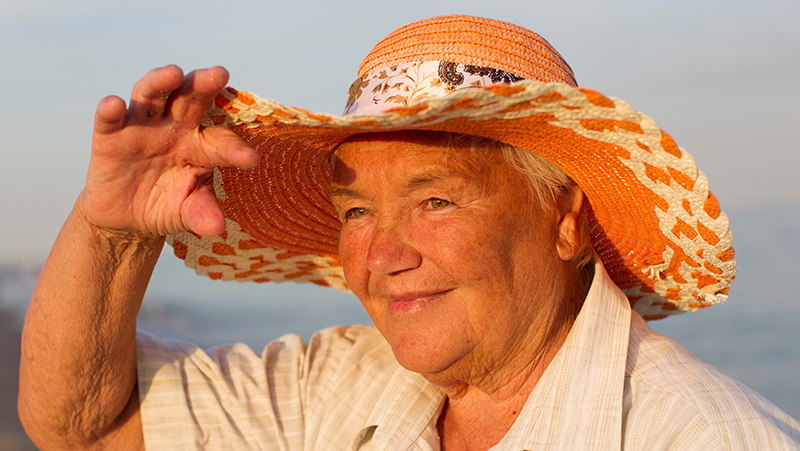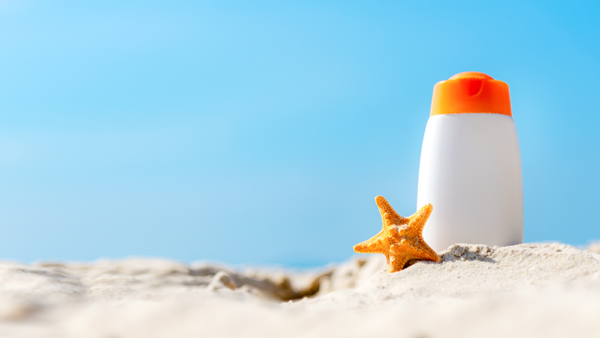
Follow your doctor’s instructions and consult with them before changing your diet, exercise routine, or supplements.
Summer is officially here, many seniors are looking forward to enjoying the outdoors—whether it’s gardening, walking, or spending time with family. While sunshine offers numerous health benefits, including stress relief, increased physical activity, and a natural boost of Vitamin D, it’s important to remember that sun exposure also comes with risks.
This UV Safety Month, let’s take a moment to refresh our knowledge on senior sun safety and discover practical tips for staying protected while enjoying the golden rays.
If you love to head out into the sunshine, you’re likely drawn to its benefits, from stress reduction and the opportunity for physical activity to the Vitamin D boost it brings. That being said, it’s smart to know about its risks. A little UV-ray knowledge can go a long way toward protecting you outside.
Understanding how ultraviolet (UV) rays affect your skin is the first step in safeguarding your health. UV rays are invisible forms of energy emitted by the sun, as well as by sun lamps and tanning beds. The two main types that reach the Earth’s surface are UVA and UVB rays. UVA rays, while lower in energy, can accelerate skin aging and cause indirect DNA damage, leading to wrinkles and potentially contributing to skin cancer. UVB rays are more energetic, directly damaging skin cells and causing sunburn; they are also the primary cause of most skin cancers.
By learning more about UV exposure and taking simple precautions, seniors can enjoy the outdoors safely and confidently.
Sunshine Safety Tips:
Enjoying the sun is one of life’s simple pleasures, but for seniors, practicing smart sun safety is essential for maintaining good health. With a few simple habits, you can reap the benefits of sunshine while minimizing the risks of harmful UV exposure. Here are expert-backed senior sun safety tips to help you stay protected outdoors:
- Even when the sun doesn’t feel strong, its UV rays can still cause harm. UV exposure happens on cloudy or cool days and can reflect off surfaces like water, snow, sand, and cement.
- Always apply a broad-spectrum, water-resistant sunscreen with an SPF of 30 or higher to all exposed skin at least 30 minutes before heading outside. Reapply every two hours, as well as after swimming or sweating. Don’t forget often-missed spots like your lips, ears, the back of your neck, and the tops of your feet and hands. An SPF 15 lip balm is also recommended.
- Choose protective clothing: wear long sleeves and pants made from tightly woven fabrics, along with a wide-brimmed hat and UV-blocking sunglasses.
- Plan your outdoor activities to avoid peak sun intensity, typically between 10 a.m. and 4 p.m.
- Some medications can increase your sensitivity to sunlight. Always check your prescriptions and read labels for sun exposure warnings.
- Stay informed about your area’s UV Index by checking online resources. Lower numbers mean safer conditions for outdoor activities.
By following these senior sun safety guidelines, you can enjoy the outdoors with confidence and keep your skin and eyes healthy for years to come.
We hope you feel confident to embrace summer fun under the sun. Let us know your outdoor plans on our Facebook page!



